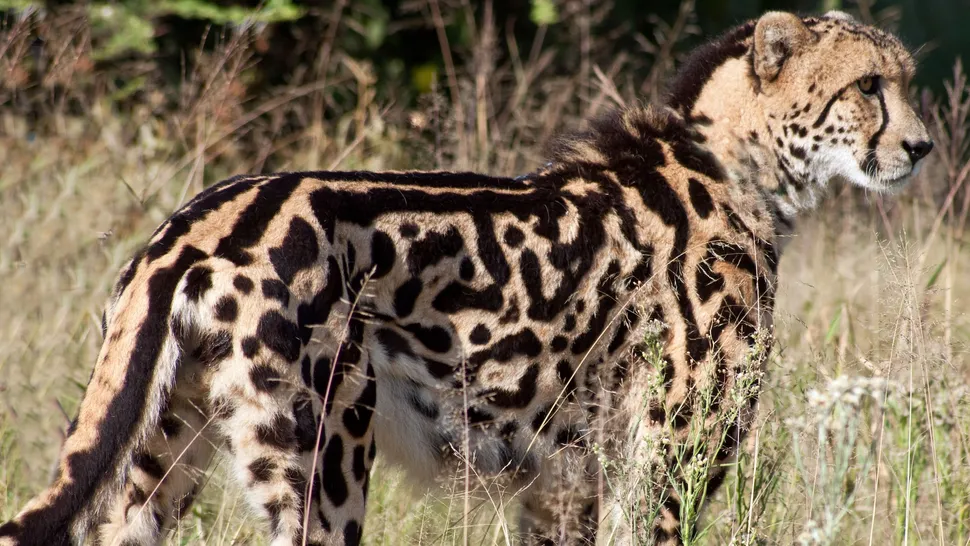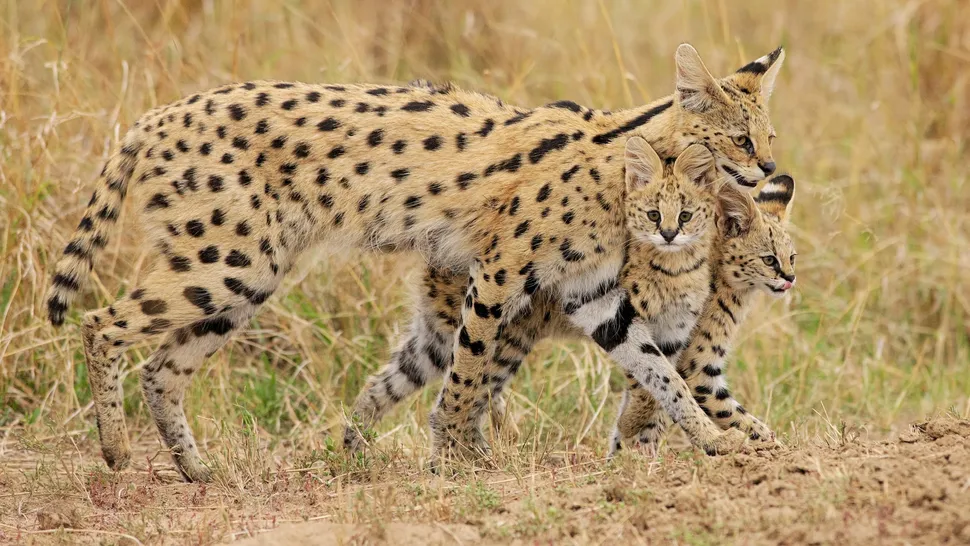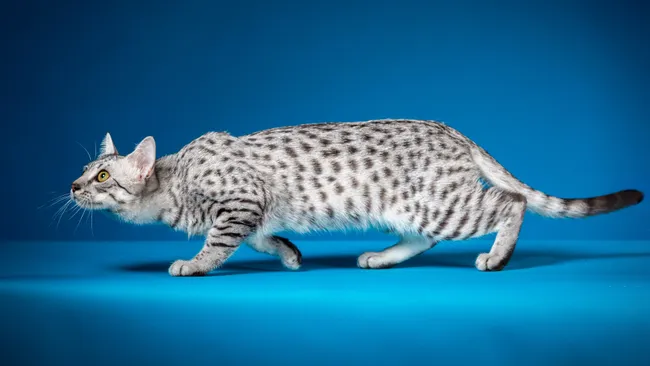Scientists have identified some of the involved genes behind cats’ spots, but there’s still a piece missing.
How Do Cats Get Their Spots? Scientists Are Uncovering the Mystery

From the leopard’s iconic rosettes to the tiger’s bold stripes and the Egyptian mau’s delicate spots, felines boast a stunning array of coat patterns. But what determines these striking designs? While the full answer remains elusive, researchers have identified key genetic factors behind feline fur patterns.
The Role of Taqpep
A gene called Taqpep plays a significant role in determining whether cats have stripes or blotches. Domestic cats with normal Taqpep genes typically have stripes, as seen in tabby cats. However, cats with mutations in both copies of Taqpep develop a blotched or whorled coat pattern, such as the classic tabby.
In cheetahs, the same gene creates a fascinating effect. Regular Taqpep genes produce the small, even black spots we associate with cheetahs. But mutations in Taqpep give rise to “king cheetahs,” whose spots become large, blotchy, and align into stripes along the spine.
The Influence of Dkk4

Another gene, Dkk4, affects the size and number of spots. For example, Abyssinian cats, with mutated copies of Dkk4, have a peppered coat that appears solid brown or cinnamon at a glance. When crossed with a serval (a wild cat with large spots), the offspring inherit an intermediate spot pattern, illustrating how Dkk4 influences coat designs.
A Bigger Genetic Picture
While Taqpep and Dkk4 modify spot size and shape, they don’t entirely dictate whether a cat has spots, stripes, or a solid coat. A tiger with normal Taqpep has stripes, while a cheetah with the same gene has spots, indicating the involvement of other, yet-to-be-identified genes.
As Dr. Leslie Lyons of the University of Missouri puts it, “There must be something else, a third gene, that is helping to create those spots.” Scientists continue to investigate how these genetic players work together to produce the breathtaking variety of patterns seen in domestic and wild cats alike.
